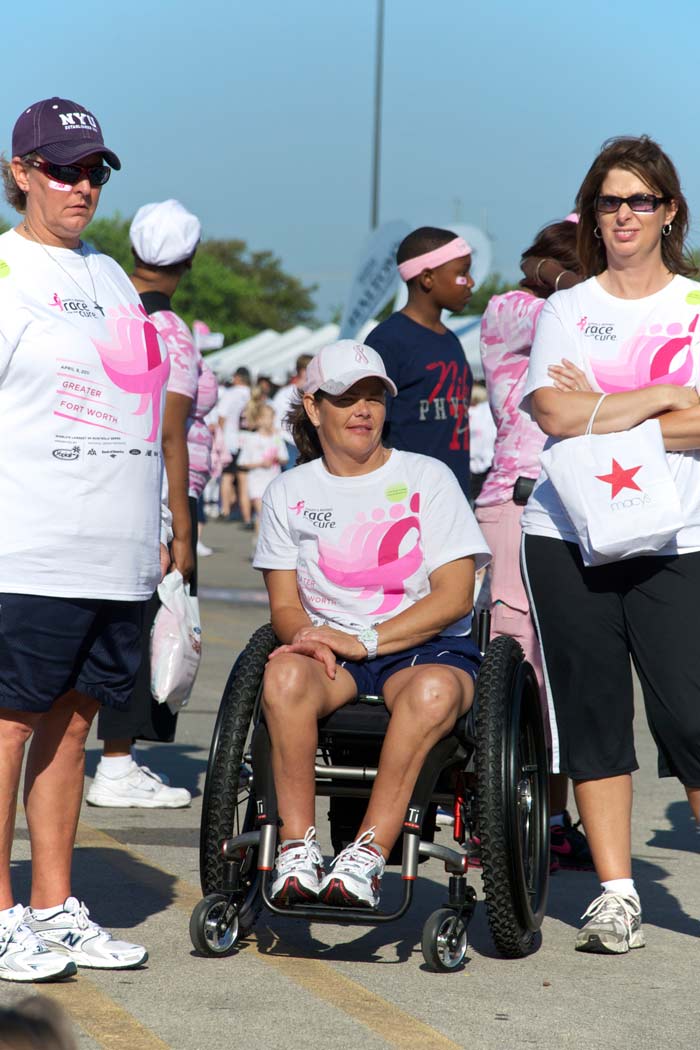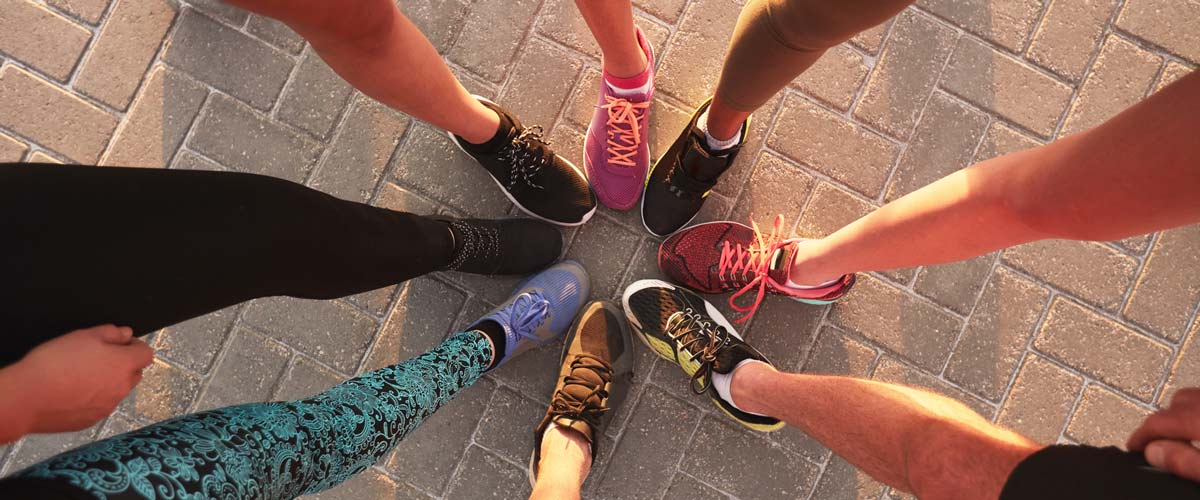According to the CDC, breast cancer is one of the most common form of cancer for women. Rightfully so, it’s a disease the public loves to talk about, from the Susan G. Komen races to professional athletes in pink uniforms. But this October, otherwise known as National Breast Cancer Awareness Month, I encourage you to go beyond buying copious amounts of “Save the Boobies” rubber wristbands. This month, I challenge you to better protect yourself from the disease.
It’s easy to assume we’re exceptions to the rule, or that youth has us covered. Breast cancer is often presented as strictly a concern for older women above the age of 50. However, as new knowledge emerges, whether on prevalence numbers or the BRCA1 or BRCA2 gene mutations, breast cancer is clearly a topic that should be on everyone’s mind. Although uncommon, younger women can be diagnosed with breast cancer. In fact, it’s the leading cause of cancer death among females aged 20-59.
This week, start by giving yourself an at-home monthly breast examination.
 Catching the disease in a non-invasive (stage 0) or early invasive (stage I and II) state is key for a better chance of survival, and the likelihood of you noticing the cancer in time is dramatically increased when you do frequent check-ins with yourself. Be aware of how your breasts normally look and feel. The easiest symptom to spot is a new lump. Cancerous masses are typically painless and firm with irregular edging. You should, however, still be concerned if they are tender, soft and rounded. Additionally, search for abnormal swelling, skin irritation or dimpling, nipple retraction (turning inward), redness and scaliness of nipples or discharge other than breast milk. Sometimes, breast cancer can cause lymph nodes under the arm or around the collarbone long before the actual tumor emerges. For a detailed guide on how to search your breasts during this self-examination, click here. If you find anything suspicious, contact your physician immediately.
Catching the disease in a non-invasive (stage 0) or early invasive (stage I and II) state is key for a better chance of survival, and the likelihood of you noticing the cancer in time is dramatically increased when you do frequent check-ins with yourself. Be aware of how your breasts normally look and feel. The easiest symptom to spot is a new lump. Cancerous masses are typically painless and firm with irregular edging. You should, however, still be concerned if they are tender, soft and rounded. Additionally, search for abnormal swelling, skin irritation or dimpling, nipple retraction (turning inward), redness and scaliness of nipples or discharge other than breast milk. Sometimes, breast cancer can cause lymph nodes under the arm or around the collarbone long before the actual tumor emerges. For a detailed guide on how to search your breasts during this self-examination, click here. If you find anything suspicious, contact your physician immediately.
In addition to emergency drop-ins, schedule regular visits with your doctor for more accurate, detailed forms of breast cancer screening.
Tests can either be done via mammogram or MRI. Mammograms are X-rays of the breast and the most preferable form of screening, while MRI’s utilize magnets and radio waves and are often implemented alongside mammograms for high-risk patients. Most health insurance plans are required to cover mammograms every one to two years for women over the age of 40.
Another action to consider is getting tested for the BRCA1 and BRCA2 gene mutations. These rare mutations either slow or inhibit certain genes from producing tumor suppressor proteins, predisposing patients to a higher risk for cancer. Those who test positive make for roughly 20 to 25 of hereditary breast cancers. Thankfully, mutations are uncommon in the general population. Individuals who have strong or suggestive family history, however, may want to consider the option. Of course, these tests are not necessary and the knowledge of your situation holds no guarantees for the future. In fact, many opt out in fear of a placebo effect. The tests are a matter of personal preference. For more information on BRCA1 and 2, click here.
Above all, take time this October to reevaluate your lifestyle choices. While you can’t alternate genetics, you can change your daily routine.
The Mayo Clinic recommends limiting your alcohol intake to less than one drink a day, quitting smoking and controlling your weight. Physical activity helps ensure a well-functioning body. For most adults, the Department of Health and Human Services recommends 150 minutes of moderate aerobic activity and strength training two times a week.
For older females, limit the dose and duration of your hormone therapy, as studies show more than three to five years of dosing increases your risk. Although the exact diet for successful cancer prevention is unknown (and probably nonexistent), women who eat a Mediterranean diet supplemented with extra-virgin olive oil and nuts have been known to show lower risk of breast cancer.
So ask yourself: when was the last time you ordered salmon and veggies for dinner? Or went for a jog around the block? Make time for small acts of self-love in the coming days. Breast Cancer Awareness Month is about more than fundraising. October is truly for spreading awareness and encouraging prevention. Make this month worthwhile and commit to yourself; your body (especially the girls!) will thank you for it.
Related article: Astro-turf and Cancer: Soccer players are at risk




